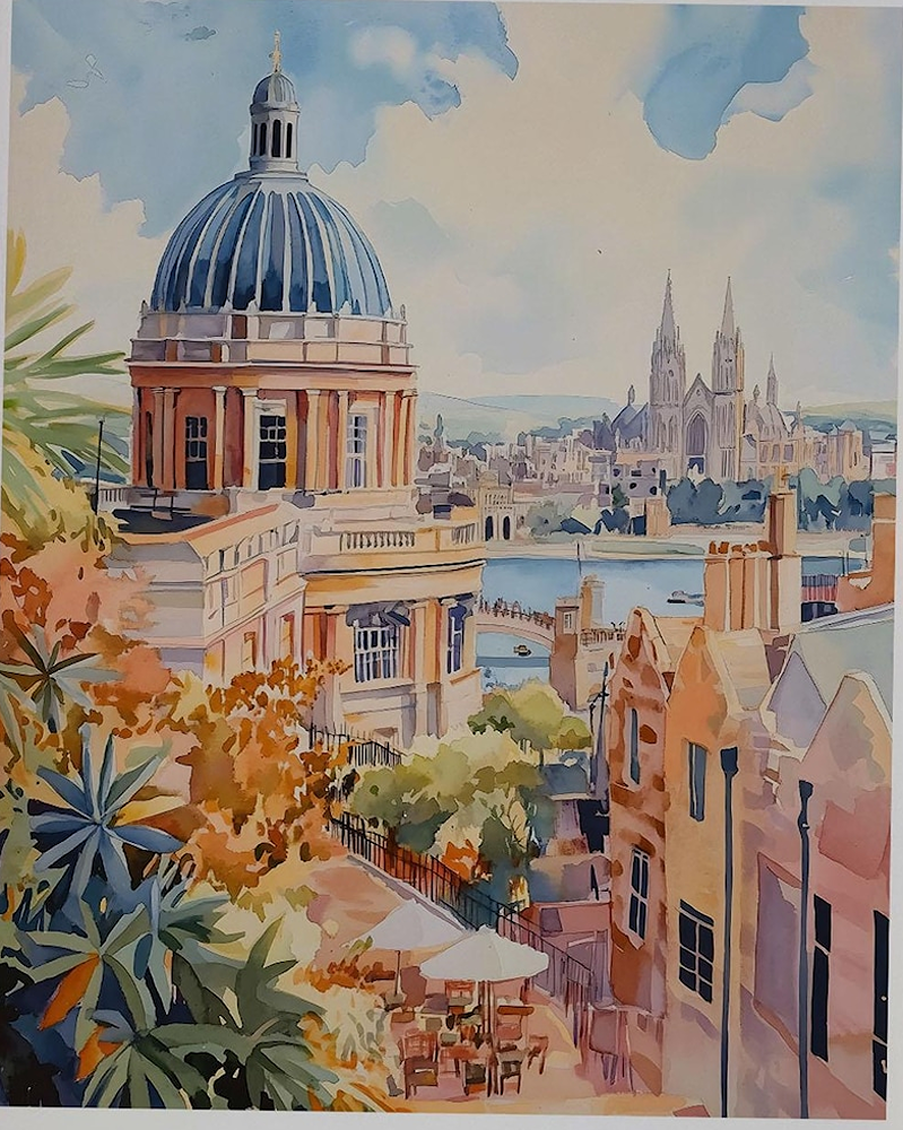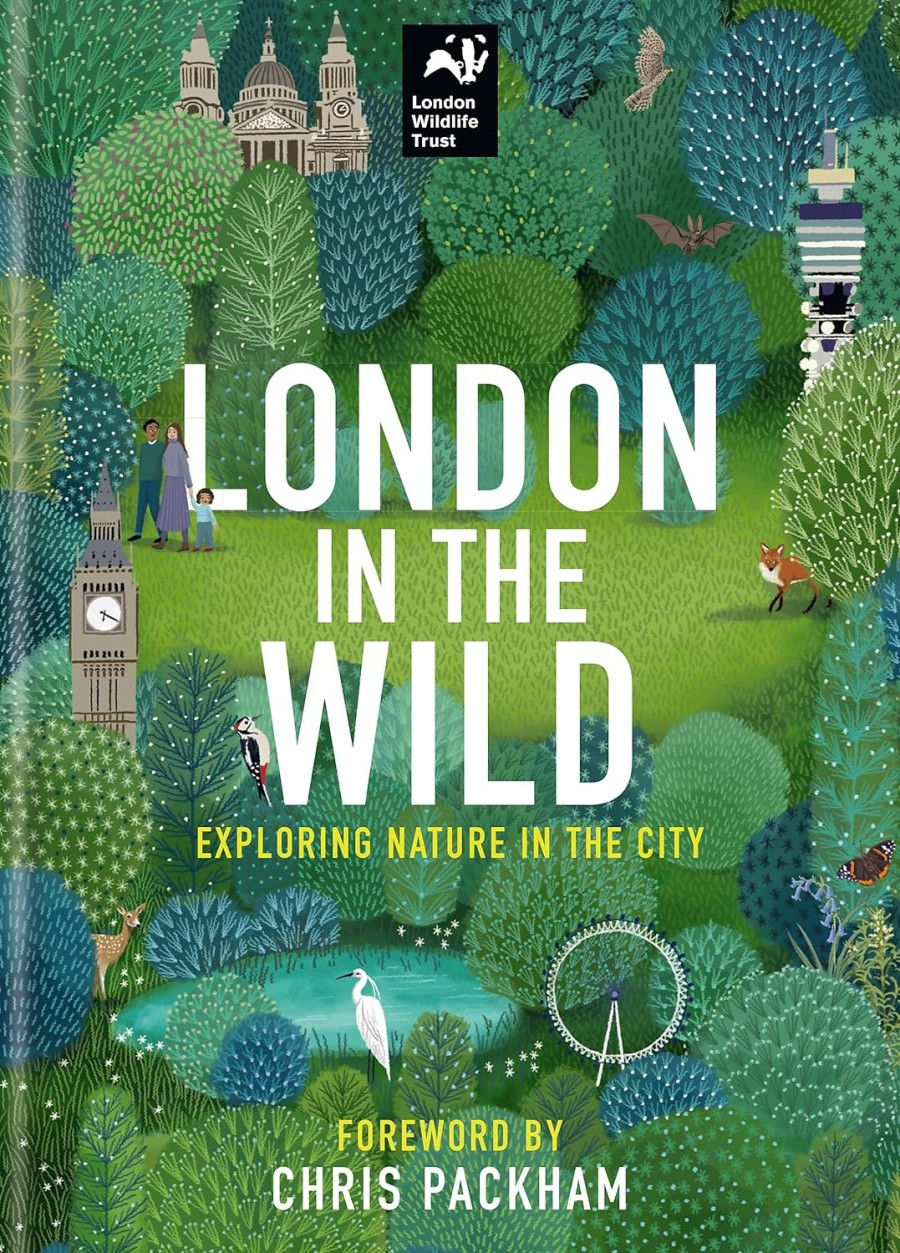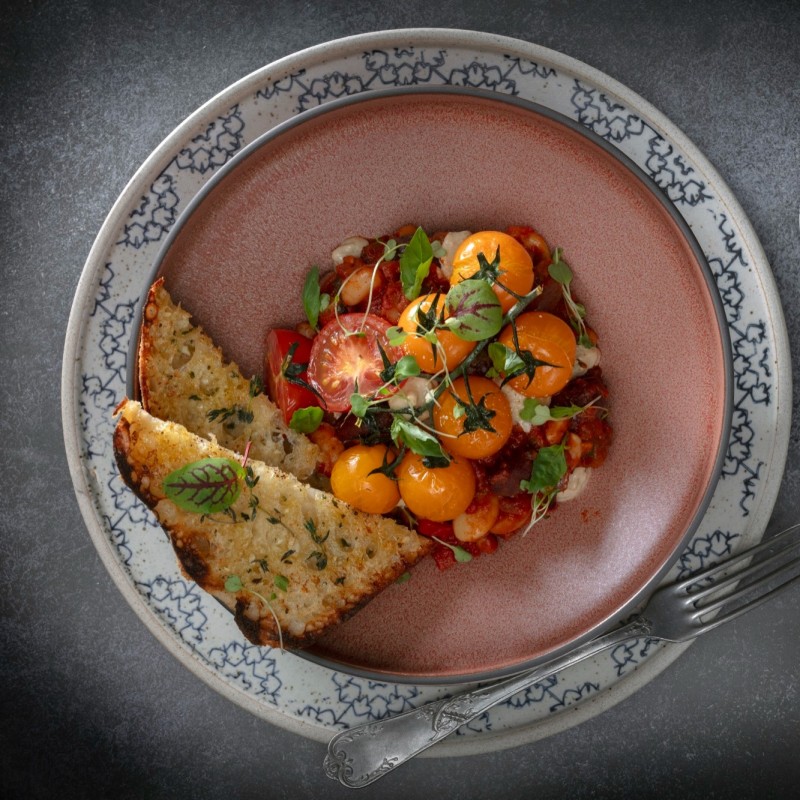Westminster (not just Big Ben and Parliament!)
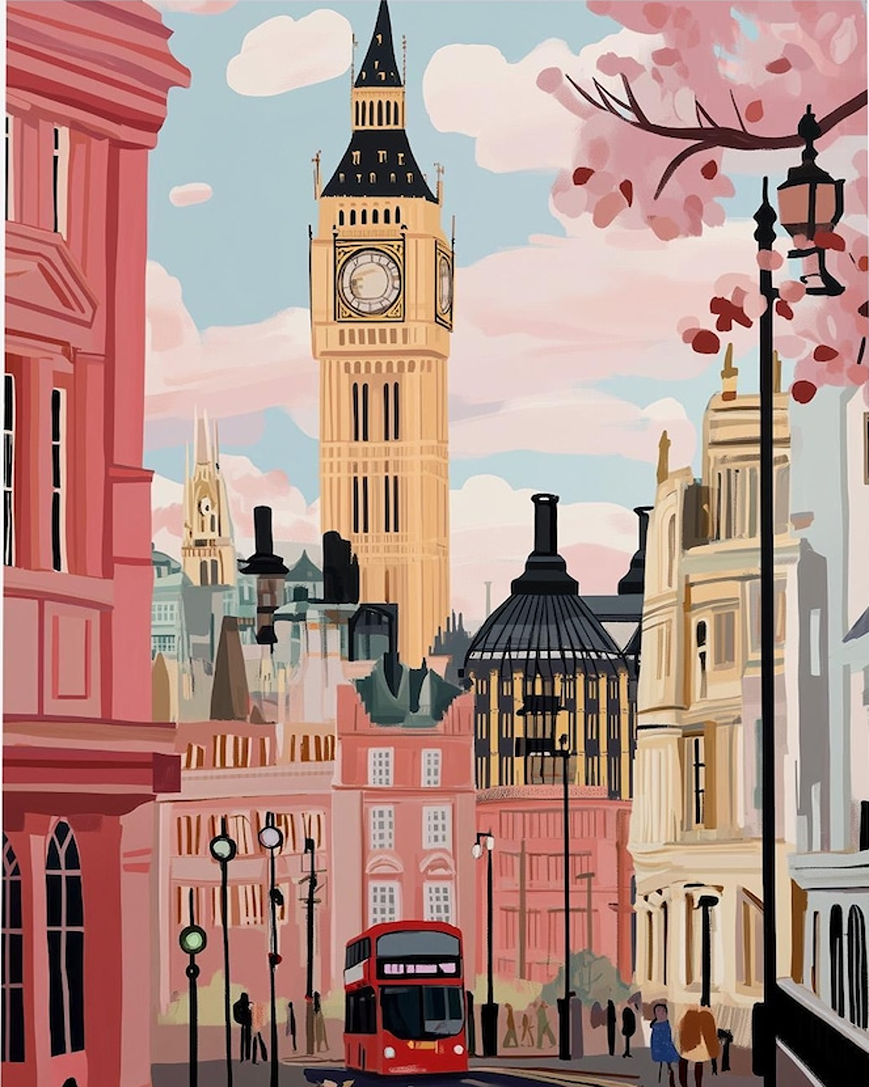
Westminster sits right at the centre of London. But although it’s best known for Big Ben and parliament, this ‘city within a city’ covers a far larger area, including some very well known places.
Big Ben is one of London’s most iconic landmarks, a clock tower that was completed in 1859, and sits within the Houses of Parliament. It also has a little brother (‘Little John’) in Nottingham!
Elizabeth Tower is actually the building’s official name, ‘Big Ben’ is the bell within. To keep time, old pennies apparently are added or removed from the pendulum. Each of the four clock faces are made up of 324 pieces of glass, held together by a cast iron frame.
Big Ben’s Next Door Neighbour!
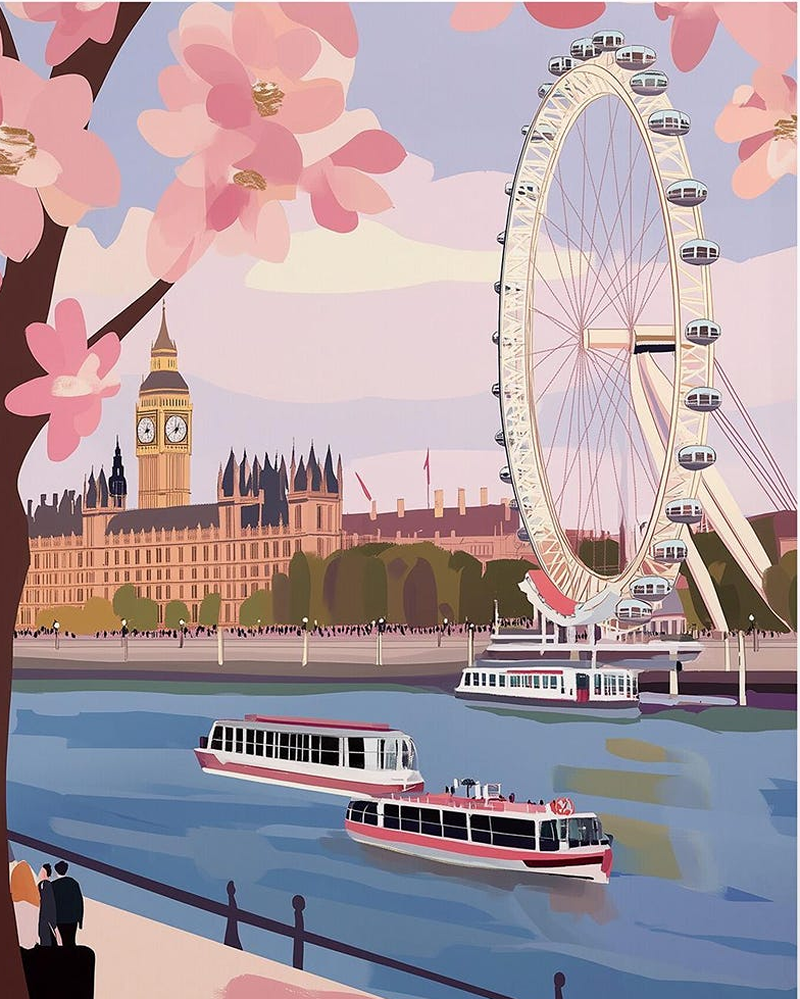
Next door of course is the Palace of Westminster, more commonly known as the Houses of Parliament. The original building was destroyed by fire in 1834, and the new one contains 1,100 rooms, 100 staircases, and 3 miles of passageways.
Obviously the House of Commons and the House of Lords are here, along with a hair salon, pub and post office. Unfortunately it also has a pest control service, instead of experts in humane deterrence to deal with the many visiting mice.
The old male barber shop has been replaced by a unisex hair salon, the owner saying that once she got caught short, when someone had to vote, with colour still on their hair! She says the reason she has been there successfully for 27 years, is because she treats everyone the same – from the Prime Minister to the cleaner.
Buckingham Palace
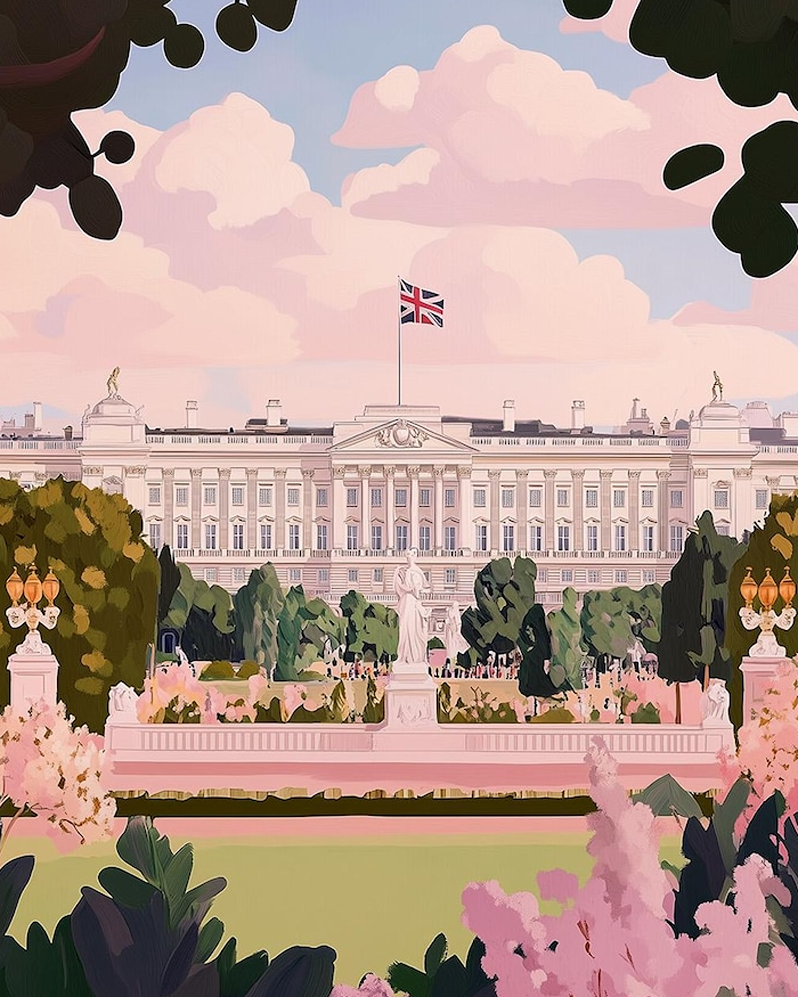
Buckingham Palace is of course the seat of our monarchy, controversial due to the huge expense (when homeless people live within walking distance). Originally a townhouse built for the Duke of Buckingham in 1703, the palace has:
- 188 staff bedrooms
- 92 offices
- 73 bathrooms
- 52 private bedrooms
- 19 state rooms
- A swimming pool
- A doctor surgery
- A cinema
- A jeweller’s workshop
- A 42-acre Garden
- Lakes and a tennis court
- A landing pad for helicopters
- Royal Mews (that house cars and carriage horses)
The palace was bombed 9 times during the Second World War, which destroyed the chapel. In modern times, some rooms are open to the public to raise funds (after a claim to heat the palace from public community energy funds was rejected). Due to fears on public opinion, when many people can’t afford to heat their homes.
As recently as a few decades ago, the Palace tried to become exempt from the Race Relations Act 1968, so could not be complained about, for not employing black people for clerical jobs (only as domestic servants).
Things have thankfully moved on, but it does give food for thought, against a system still ruled based on bloodlines. The Monarch still has right to appoint Bishops and pardon anyone in prison. Of course, King Charles would never release a serial killer, but he could if he wanted.
St James’s Park
Green spaces matter in the middle of the city, and St James’s Park is one of the oldest and prettiest. Swans glide on the lakes, squirrels dart between benches and flowerbeds fill with colour.
From the bridge, you get some of the best photos of Buckingham Palace, framed by trees and water. The park is popular for gentle walks, picnics, or simply watching the world go by.
Trafalgar Square (and its pretty pigeons)

Trafalgar Square is home to the stone lions and Nelson’s Column. Each year, a gifted tree arrives from Oslo, to thank for help during World War II. Some say rather than shipping it across the North Sea to Felixstowe, it would be better to grow and replant a local tree.
Trafalgar Square was also home to thousands of feral pigeons, until people were banned from feeding them. It’s good to leave wildlife alone.
But sudden stops can cause starvation, so councils should have worked with pigeon experts, rather than send in haws that sometimes ripe birds apart, in front of terrified children.
Trafalgar Square is also home to England’s smallest police station. As the square has often been used for peaceful protests, the station housed a discreet police officer, who could quickly call Scotland Yard for help, if protests got out of hand.
A London Market (once owned by monks)
Covent Garden is known for its flowers and mime artists, but used to be owned by the monks of Westminster Abbey. The market building still houses pineapple-shaped lamps, due to being the first place you could buy tropical fruits, back in the day.
If buying or selling flowers, know toxic flowers to avoid near pets. Avoid displaying foliage near gardens, to help stop bird strike.
The monks lost the garden after property was seized during Henry VIII’s Reformation (when he replaced himself as head of the church over Rome’s Catholic Pope).
Here you’ll also find Drury Lane (London’s oldest theatre) and Royal Opera House (students at the Royal Ballet School can reach it over the concertina-like Bridge of Aspiration).
Other well-known districts of the City of Westminster are:
- Soho was originally for aristocrats, but today is more for other professions (back in 1854, the area was hit with a bad outbreak of cholera).
- St James (home to a park, and handmade shirts for rich gentlemen).
- Victoria was built to ferry people from London to Chatham or Brighton (a major holiday destination).
- Knightsbridge (shared with Kensington) is home to Harrods (singer Leona Lewis declined the offer of turning on the Christmas lights, due to it selling fur).
- Green spaces include Green Park, Kensington Gardens and Hyde Park (home to an IRA bombing that killed not just humans, but 7 innocent horses).
10 Downing Street
10 Downing Street holds the office (and sometimes the home) of the Prime Minister. While you can’t walk up to the famous black door, many people stop in Whitehall for a photo from the railings.
The street itself is short and smart, known across the world from TV and news. There’s a sense of quiet power here, with history happening just beyond your sight.
The Supreme Court
Opposite Parliament sits the Supreme Court, the UK’s highest judicial body. While not as old as some of its neighbours, the building has an important job, deciding cases that affect everyone. The courtrooms are open to the public, showing a different side of how the country is run.
The stained glass and carvings inside reflect the rule of law, while outside, protest banners sometimes mark the big cases of the day.
Whitehall and Government Offices
Whitehall is more than just a street; it’s lined with ministries and memorials, each one adding a layer to the city’s story. The Cenotaph stands in the centre, a plain stone monument where the country pauses every November to remember those lost in war.
Statues of leaders and soldiers stand watch, linking past and present. For those curious about how the UK is run, this is where the decisions start.
London Mutual Credit Union is one of England’s biggest, a locally-owned non-profit bank. If you live in Lambeth, Southwark, Camden or Westminster, you can join. Not only does it offer the usual current and savings accounts, but its size means it also offers more affordable mortgages.



